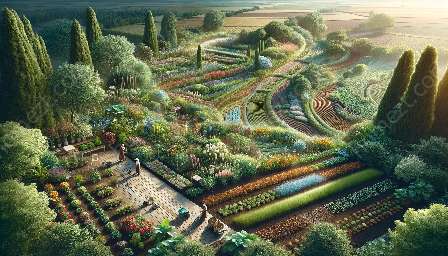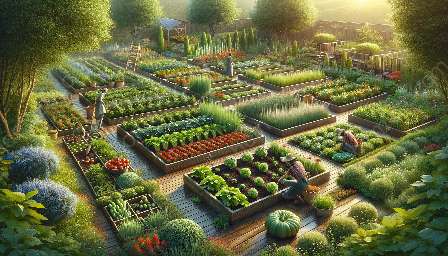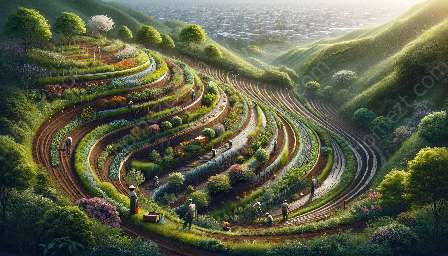In the world of gardening and landscaping, tilling plays a crucial role in preparing the soil for planting and promoting healthy plant growth. Tilling, also known as cultivating or plowing, involves turning over and breaking up the soil to create a better environment for plants' root systems to thrive.
The Benefits of Tilling
Tilling is essential for soil preparation as it helps to loosen compacted soil, improve drainage, and enhance aeration. By breaking up large clumps of soil, tilling creates a more uniform texture, making it easier for plants to establish root systems. Furthermore, tilling can help to incorporate organic matter and nutrients into the soil, fostering a fertile environment for plant growth.
In gardening and landscaping, tilling also aids in controlling weeds by disrupting their root systems and reducing their spread. Additionally, tilling can help to level the ground and create a smooth surface for planting or landscaping activities.
Types of Tillers
Tillers come in various types, each designed for specific soil preparation and gardening needs. Front-tine tillers are ideal for small to medium-sized gardens and are effective at breaking up moderately compacted soil. Rear-tine tillers, on the other hand, are more powerful and suitable for larger areas or tough soil conditions. There are also electric and gas-powered tillers, as well as handheld cultivators for precise and delicate tilling in smaller spaces.
Tilling and Gardening
When it comes to gardening, tilling is a vital step in creating the optimal conditions for planting and nurturing crops. Whether you are growing vegetables, flowers, or herbs, tilling ensures that the soil is loose, fertile, and well-prepared to support healthy root development. By tilling the soil before planting, you can promote better water absorption, nutrient uptake, and overall plant vigor.
Moreover, tilling allows gardeners to incorporate compost, mulch, or other organic materials into the soil, enriching its fertility and promoting sustainable gardening practices. Tilling also facilitates the removal of rocks, debris, and old plant residues, resulting in a clean and prime planting surface.
Tilling and Landscaping
In landscaping, tilling is an essential process for preparing the soil for various outdoor projects, such as laying sod, seeding lawns, or creating flower beds. By tilling the soil, landscapers can ensure that the ground is well-prepared for new vegetation, providing an optimal foundation for healthy and thriving landscapes.
Furthermore, tilling can help to address soil compaction issues common in urban and residential areas, allowing for better water penetration and root development. Whether transforming a backyard into an oasis of greenery or establishing a vibrant outdoor space, proper soil preparation through tilling is fundamental to the success of any landscaping project.
Conclusion
In conclusion, tilling plays a critical role in soil preparation, gardening, and landscaping, offering a myriad of benefits that contribute to healthy plant growth and thriving outdoor spaces. Understanding the importance of tilling and choosing the right type of tiller for specific needs can significantly impact the success of gardening and landscaping endeavors. By embracing proper tilling practices, individuals can create fertile, well-prepared soil that serves as the foundation for vibrant and flourishing gardens and landscapes.





















